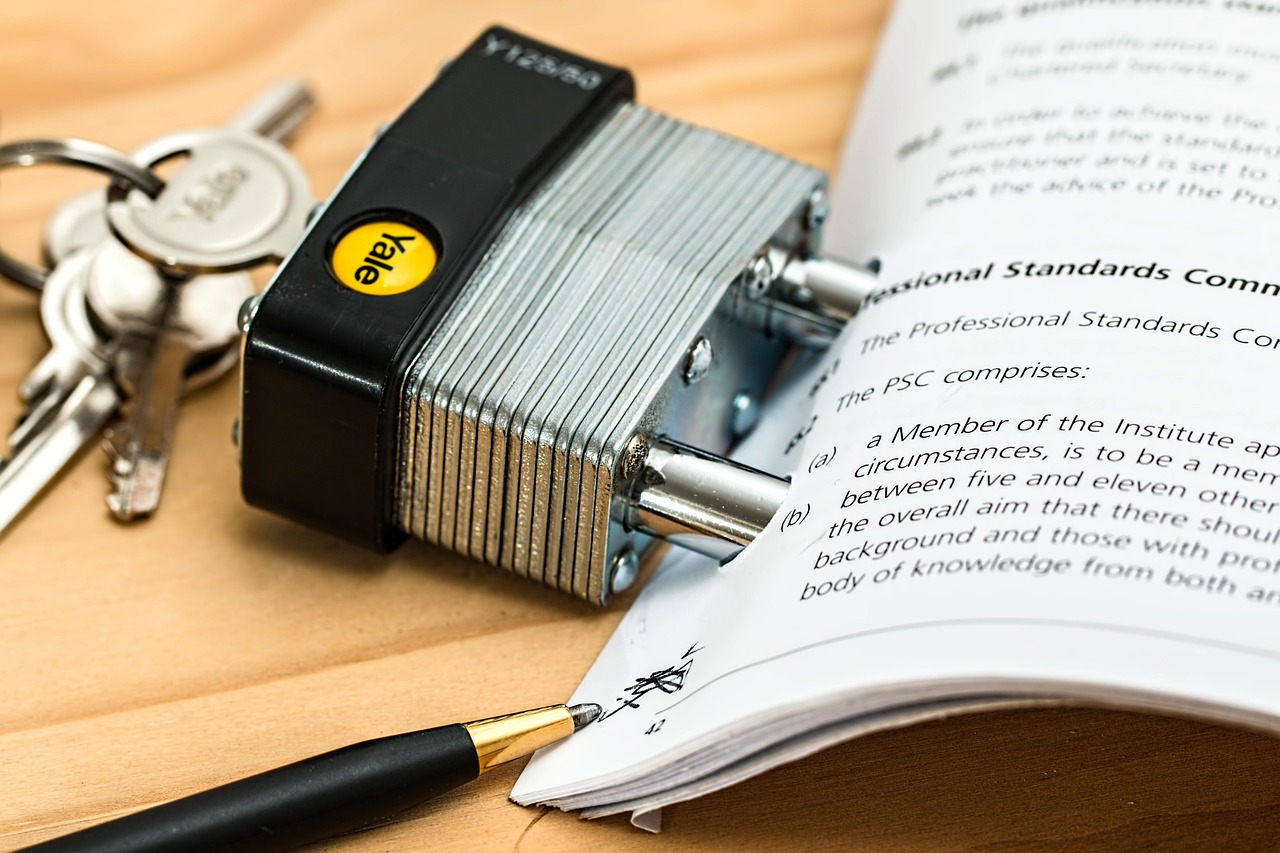Section 321 is a U.S. Customs provision that allows shipments valued at $800 or less to enter the country duty-free. This exemption is designed to expedite the import process for low-value goods, reducing costs and paperwork for businesses and consumers alike. The $800 threshold applies to the fair retail value of goods in the country of shipment, making it a valuable tool for ecommerce sellers and small-scale importers.
Recent changes to Section 321, including the suspension of some exemptions in 2025, have created new challenges for businesses relying on this program. These updates affect how low-value shipments are processed and may result in additional costs or delays. Understanding these shifts is essential for any company engaged in cross-border retail or supply chain management.
The impact of Section 321 goes beyond customs clearance. It influences how importers handle compliance, shipping strategies, and data accuracy. Knowing the limitations and benefits of this provision helps companies optimize their operations and avoid unexpected penalties or tariffs.
Understanding Section 321
Section 321 allows certain low-value shipments to enter the U.S. without paying duties or taxes. It sets clear thresholds and rules that impact importers, especially in ecommerce and cross-border trade.
Definition and Legal Background
Section 321 refers to a provision in U.S. Customs law, specifically under 19 USC 1321. It permits the duty-free importation of goods valued at $800 or less per shipment per day. This threshold was raised from $200 to $800 by the Trade Facilitation and Trade Enforcement Act (TFTEA) of 2015, aiming to simplify and expedite low-value imports.
The provision is designed to reduce administrative burdens on customs for small shipments, benefiting businesses and consumers by lowering costs and speeding delivery.
Eligibility Criteria
To qualify under Section 321, shipments must meet specific conditions:
- Value limit: The total fair retail value must not exceed $800 per shipment.
- Frequency: Only one shipment per sender per day can be exempted.
- Shipment type: Most commercial goods qualify, but some products like alcohol, tobacco, and certain restricted items are excluded.
- Import status: The importer must declare the shipment properly, typically using customs documentation that specifies Section 321 eligibility.
Non-compliance or exceeding the $800 limit results in regular duty and tax assessment.
Key Provisions
The central feature of Section 321 is the de minimis threshold of $800. This means imports valued at or below this amount can enter the U.S. free of customs duties and taxes.
Important provisions include:
- Daily limit: Only one shipment per recipient per day qualifies.
- Applicable to most commercial merchandise: Except restricted categories.
- Focus on retail value: The limit is based on the fair retail value, not the invoice or cost.
These rules help businesses, particularly small and medium-sized enterprises, reduce costs and simplify cross-border shipping logistics.
Compliance Requirements
Importers claiming Section 321 benefits must adhere to strict compliance standards:
- Properly declare shipments on customs forms, explicitly citing Section 321.
- Maintain documentation proving shipment value and eligibility.
- Ensure shipments do not exceed the $800 limit; exceeding the limit triggers duty.
- Track shipments to avoid multiple declarations from the same sender on the same day.
Failure to comply can result in shipment delays, penalties, and loss of duty-free status. Careful planning in shipping schedules and accurate record-keeping are essential for seamless use of Section 321.
Section 321 Procedures and Best Practices
Section 321 simplifies the entry of low-value shipments into the U.S. by allowing duty-free import of goods valued at $800 or less. Proper filing, accurate documentation, and understanding limitations are key to maximizing its benefits.
Filing Process
Shipments qualifying under Section 321 must be declared accurately to U.S. Customs and Border Protection (CBP). The filer uses the Automated Commercial Environment (ACE) or the Automated Broker Interface (ABI) for electronic submission.
The value of goods must be clearly stated and cannot exceed the $800 threshold. Each importer can only claim one Section 321 entry per day per consignee, so consolidation or splitting of shipments should be managed strategically.
Proper use of the Harmonized Tariff Schedule (HTS) codes helps prevent delays. Timing is critical, as incorrect filings or missing the de minimis value can trigger duties and increase processing time.
Documentation Needed
Key documents include:
- A commercial invoice showing the fair retail value in the country of shipment
- A packing list detailing shipment contents
- Evidence of shipment origin, if requested by customs
Customs forms like CBP Form 7501 may be required in some cases, especially with repeated shipments or compliance checks.
Documentation must be transparent and accurately reflect shipment contents to avoid inspections or penalties. Maintaining meticulous records supports smooth entry and audit readiness.
Common Challenges
One significant challenge is strictly adhering to the $800 de minimis cap. Exceeding this by even a small margin disqualifies the shipment from duty exemption.
Importers may misclassify goods or undervalue shipments, risking fines or shipment holds. Another challenge is the restriction of one Section 321 claim per day per consignee, necessitating clear scheduling and order management.
Customs clearance delays can occur if documentation is incomplete or inaccurate. Understanding product eligibility and customs regulations is essential to avoid costly errors.
Recent Changes and Updates
In 2016, the de minimis threshold increased from $200 to $800, expanding Section 321’s usefulness. This change accelerated cross-border shipments and reduced customs workload.
Ongoing regulatory adjustments encourage importers to stay informed on compliance requirements. CBP occasionally updates guidance ensuring clarity in valuation and documentation rules.
Technological improvements, such as enhanced ACE system features, improve filing accuracy and reporting. Keeping up with these updates helps importers maintain efficiency and avoid penalties.


Leave a Reply